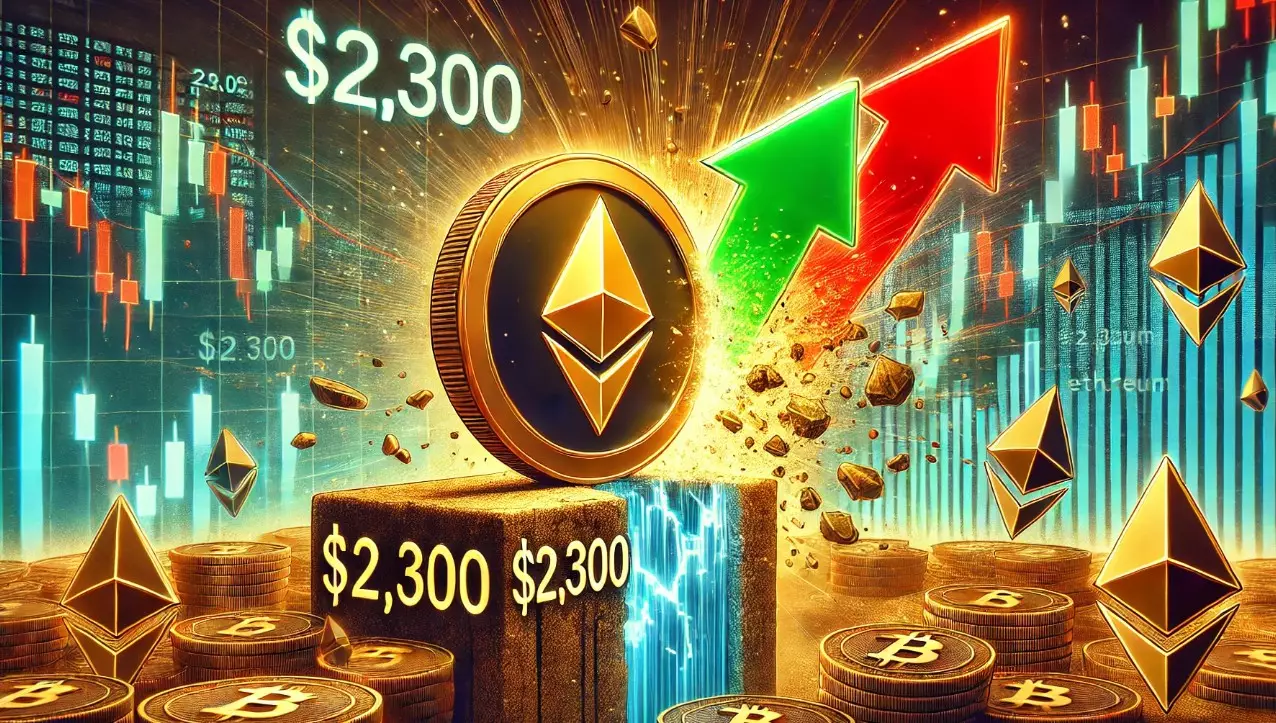The cryptocurrency market, especially significant players like Ethereum (ETH), is mired in uncertainty, fueled by a recent 17% decline in value over the past month. For many, this downturn is more than just a statistic; it embodies the volatility that defines digital currencies. The current trading zone, hovering around $1,830, has sparked considerable debate among analysts about potential resistance points. Two pivotal thresholds, positioned at $2,100 and $2,300, have emerged as markers that could either catalyze a recovery or further entrench the current slump. As analysts weigh in on these price points, it becomes evident that the stakes in this digital landscape could not be higher.
Resistance Levels: The Gatekeepers of Recovery
Identifying resistance levels is crucial for traders and investors alike, and therein lies a significant concern. According to crypto analyst Ali Martinez, $2,100 is one of the crucial barriers that ETH must surmount to herald an upward trend. However, it’s the $2,300 mark that holds the true weight of decisiveness, a level that must be crossed to validate any genuine bullish sentiment. The pressure to breach these thresholds is palpable; they symbolize not only market momentum but also investor confidence. Failing to reclaim these prices could very well signal a downward spiral, leading ETH towards levels like $1,600 and $1,155. Such levels are harbingers of a troubling trend, indicative of a progressive loss of faith among investors.
Investor Sentiment: The Souring Taste of Loss
At the crux of this downturn is the palpable anxiety manifesting among investors. Many individuals are reportedly selling off their holdings at a loss, driven by stoic hopelessness rather than strategic foresight. Market intelligence firm Glassnode points out a striking observation: wealthier ETH holders, desperately attempting to save face, are trying to average down their positions as pockets of around 250,000 ETH vanish from the market at cost bases nearing $2,050. This trend not only showcases the mounting despair that characterizes the market but also underscores the lack of a robust support structure capable of resisting the onslaught of selling pressure.
The Accumulation Zone: Limited Opportunities Ahead
Compounding the issue is the lack of accumulation zones below current price levels. With only a notable structural support at $1,537—where about 994,000 ETH was purchased—the market is facing critical challenges in establishing a bottom. If the downward trend extends further, this level may serve as a last bastion of support, but even that is uncertain. ETH’s current failure to reclaim higher price levels casts a shadow over its overall resilience and underscores just how fragile this digital asset’s ecosystem has become.
Lack of Bullish Catalysts: A Dismal Outlook
Perhaps the most disquieting aspect of Ethereum’s current situation is the evident scarcity of bullish catalysts. Market sentiment has stagnated, with analysts expressing doubts regarding any forthcoming positive stimuli capable of pushing ETH past its critical resistance levels. The concerns raised by Glassnode about limited support around current prices only serve to amplify the fears that ETH’s downturn may not end soon. The ongoing struggle between an overwhelming resistance wall and investor pessimism hints at a rather bleak outlook for the second-largest cryptocurrency.
Final Thoughts: A Cloudy Horizon
With Ethereum grappling with not just price declines but overarching structural weaknesses, the cryptocurrency’s future appears precarious. Investors are caught in an emotional whirlwind, where hope oscillates between bullish potential and the grim realities of a bearish market. The questions surrounding ETH are fewer compared to those probing the effectiveness of its foundational support. As we stand on the precipice of potential further loss, the urgency for market recovery becomes ever more pronounced. What remains to be seen is whether the substance behind Ethereum can withstand the pressure, or if it will crumble under the weight of its own volatility.

